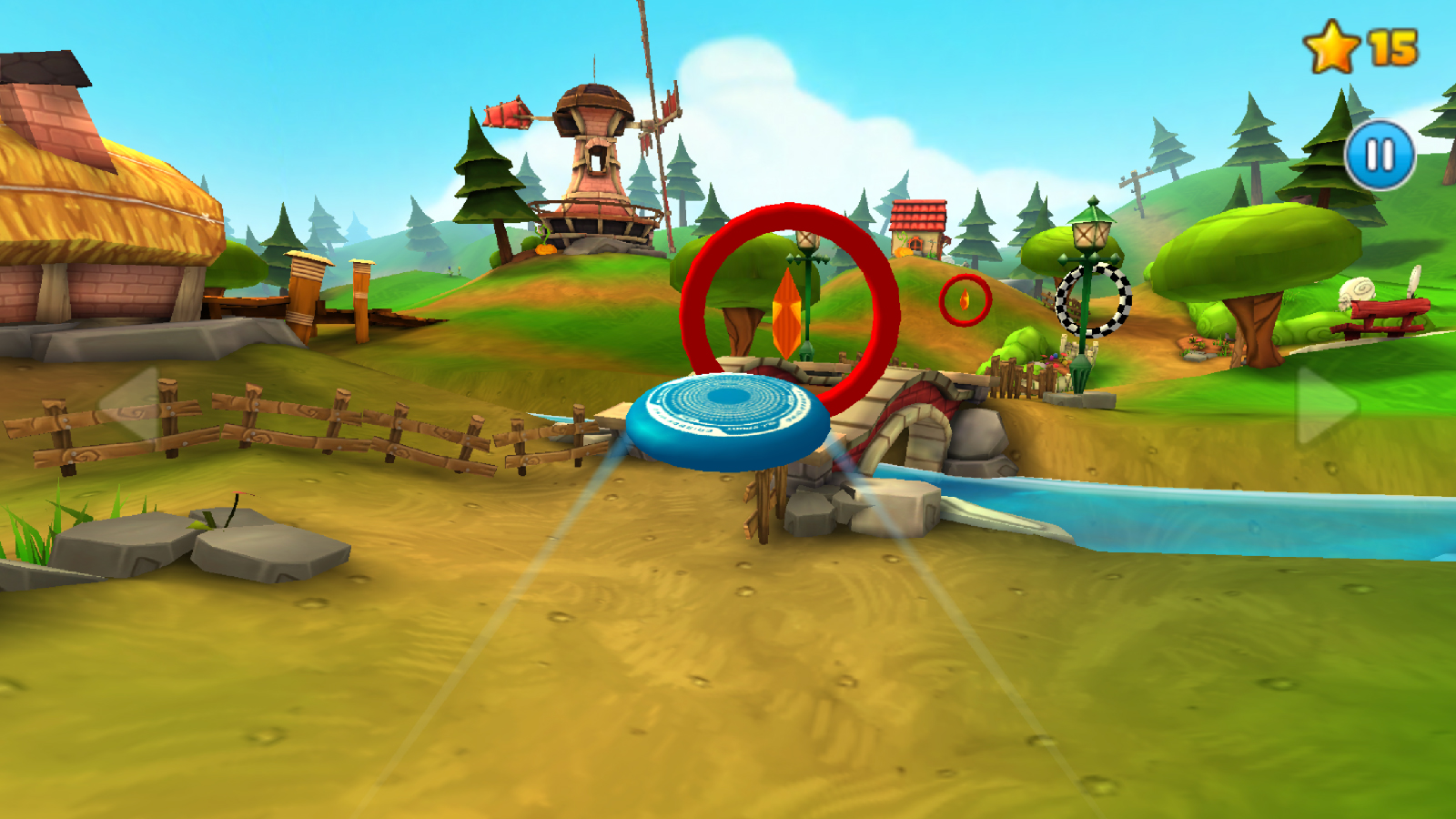A Deep Dive into the World of Online Games for Kids: Exploring the Landscape of Free-to-Play Experiences
Related Articles: A Deep Dive into the World of Online Games for Kids: Exploring the Landscape of Free-to-Play Experiences
Introduction
In this auspicious occasion, we are delighted to delve into the intriguing topic related to A Deep Dive into the World of Online Games for Kids: Exploring the Landscape of Free-to-Play Experiences. Let’s weave interesting information and offer fresh perspectives to the readers.
Table of Content
A Deep Dive into the World of Online Games for Kids: Exploring the Landscape of Free-to-Play Experiences

The digital landscape of children’s entertainment is constantly evolving, with online games playing an increasingly prominent role. Among these, free-to-play games have emerged as a popular choice, offering accessible and engaging experiences for young players. This article delves into the world of online games specifically designed for kids, focusing on the free-to-play category and exploring its potential benefits and challenges.
The Rise of Free-to-Play Games for Children
The free-to-play model has revolutionized the gaming industry, offering players the opportunity to experience games without upfront costs. This accessibility has proven particularly attractive for children, allowing them to explore a wide range of games without requiring parental purchases. The model has also fostered the development of a diverse array of games catering to various interests, from action-packed adventures to creative simulations.
Exploring the Benefits of Free-to-Play Games for Kids
Free-to-play games offer several potential benefits for children, fostering cognitive development, social interaction, and entertainment.
1. Cognitive Development and Learning:
- Problem-solving and Critical Thinking: Many free-to-play games challenge children to think strategically and solve puzzles, enhancing their problem-solving skills.
- Spatial Reasoning and Logic: Games involving building, construction, or navigating virtual environments can improve spatial reasoning and logical thinking.
- Memory and Attention: Games with complex rules or requiring quick decision-making can strengthen memory and attention span.
- Literacy and Numeracy: Games incorporating reading, writing, or mathematical concepts can contribute to literacy and numeracy development.
2. Social Interaction and Collaboration:
- Multiplayer Experiences: Many free-to-play games offer multiplayer modes, allowing children to connect with friends and other players online, fostering social interaction and collaboration.
- Communication and Teamwork: Multiplayer games often require communication and teamwork, promoting social skills and the ability to work effectively in groups.
- Respect and Tolerance: Playing with diverse players from different backgrounds can promote respect and tolerance for others.
3. Entertainment and Fun:
- Escape and Imagination: Free-to-play games provide a platform for children to escape into imaginative worlds and engage in exciting adventures.
- Stress Relief and Relaxation: Engaging in fun and engaging games can provide stress relief and relaxation, offering a healthy outlet for children.
- Creativity and Expression: Games allowing for customization or creative expression can encourage children to express their creativity and individuality.
Navigating the Challenges of Free-to-Play Games
While free-to-play games offer numerous benefits, parents and educators must be aware of potential challenges and implement strategies to mitigate risks.
1. In-App Purchases and Monetization:
- Potential for Excessive Spending: Some free-to-play games employ in-app purchase models, where players can spend real money to acquire virtual items or benefits. This can lead to excessive spending if not carefully monitored.
- Pressure to Spend: The design of some games may subtly encourage players to spend money, potentially creating pressure on children.
- Parental Controls and Monitoring: Parents should utilize parental control features and actively monitor their children’s spending habits to prevent excessive in-app purchases.
2. Content and Age Appropriateness:
- Age Ratings and Content Filters: Parents should carefully check age ratings and utilize content filters to ensure games are appropriate for their children’s age and maturity levels.
- Exposure to Inappropriate Content: Some games may contain inappropriate content, such as violence, sexual themes, or offensive language.
- Open Communication and Monitoring: Open communication with children about online content and appropriate online behavior is crucial.
3. Screen Time Management:
- Balancing Screen Time with Other Activities: It’s essential to encourage a healthy balance between screen time and other activities, such as physical activity, social interaction, and creative pursuits.
- Setting Limits and Establishing Routines: Parents should establish clear screen time limits and routines to ensure children’s overall well-being.
4. Online Safety and Privacy:
- Cyberbullying and Online Harassment: Children using online games may encounter cyberbullying or online harassment.
- Data Privacy and Security: Parents should be aware of data privacy policies and security measures implemented by game developers.
- Educating Children about Online Safety: It’s crucial to educate children about online safety practices, such as avoiding sharing personal information and reporting inappropriate behavior.
A Focus on Responsible Play and Parental Engagement
Responsible play and parental engagement are crucial for maximizing the benefits of free-to-play games for children.
- Open Communication and Dialogue: Parents should engage in open communication with their children about their gaming experiences, discussing the benefits, potential risks, and strategies for responsible play.
- Setting Boundaries and Expectations: Establishing clear boundaries and expectations regarding screen time, in-app purchases, and online behavior is essential.
- Monitoring and Supervision: Parents should actively monitor their children’s gaming activities, reviewing game content, and being aware of online interactions.
- Promoting a Balanced Lifestyle: Encouraging a balanced lifestyle that includes physical activity, social interaction, and creative pursuits alongside screen time is crucial for children’s overall well-being.
FAQs about Free-to-Play Games for Kids
1. Are free-to-play games safe for children?
The safety of free-to-play games depends on various factors, including age ratings, content, and parental supervision. Parents should carefully evaluate games and implement appropriate safety measures to ensure their children’s well-being.
2. What are some popular free-to-play games for kids?
Popular free-to-play games for kids include Minecraft, Roblox, Fortnite, Animal Crossing: Pocket Camp, and many others. The specific games that are suitable for a child will depend on their age and interests.
3. How can I prevent my child from spending money on in-app purchases?
Parents can use parental control features on devices and app stores to restrict in-app purchases. They should also have open communication with their children about spending habits and the potential risks of excessive spending.
4. How can I teach my child about online safety while playing free-to-play games?
Parents should discuss online safety topics with their children, such as avoiding sharing personal information, being cautious about strangers online, and reporting inappropriate behavior. They should also encourage their children to communicate any concerns or uncomfortable experiences.
5. What are the benefits of free-to-play games for children’s development?
Free-to-play games can foster cognitive development, social interaction, and entertainment, providing opportunities for problem-solving, creativity, and collaboration.
Tips for Parents and Educators
- Research and Choose Games Carefully: Before allowing your child to play a game, research its content, age ratings, and user reviews.
- Set Clear Expectations and Boundaries: Establish clear rules regarding screen time, in-app purchases, and online behavior.
- Use Parental Control Features: Utilize parental control features on devices and app stores to restrict content, limit screen time, and control in-app purchases.
- Engage in Open Communication: Discuss online safety, appropriate behavior, and the potential risks of online games with your child.
- Encourage a Balanced Lifestyle: Promote a healthy balance between screen time and other activities, such as physical activity, social interaction, and creative pursuits.
Conclusion
Free-to-play games offer a vast and diverse landscape of entertainment options for children, providing opportunities for learning, social interaction, and creative expression. However, parents and educators must navigate the potential challenges associated with these games, including in-app purchases, content appropriateness, and online safety concerns. By promoting responsible play, implementing parental controls, and engaging in open communication with children, adults can maximize the benefits of free-to-play games while mitigating potential risks. Ultimately, the key to ensuring a positive and enriching experience for children lies in a balanced approach that prioritizes their well-being and development.

![]()






Closure
Thus, we hope this article has provided valuable insights into A Deep Dive into the World of Online Games for Kids: Exploring the Landscape of Free-to-Play Experiences. We thank you for taking the time to read this article. See you in our next article!